Dancing to Success with Jackie Sanderson: Embracing Marginal Gains
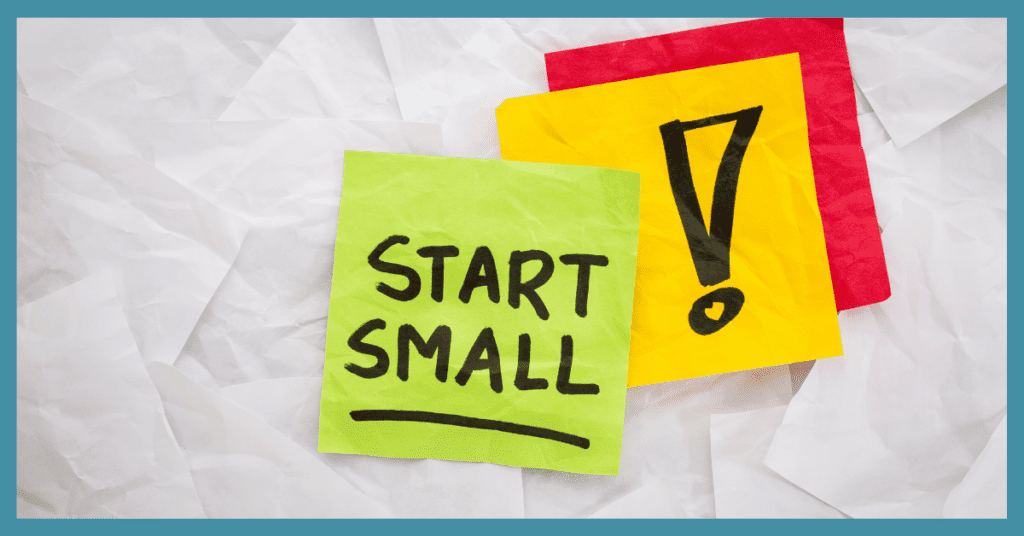
As a seasoned dance teacher and a mother to four dancers, I’ve navigated various challenges and celebrated numerous victories. Today, I want to talk about a life-altering perspective on dance and life—embracing the concept of marginal gains.
My Dance Journey and the Birth of a Philosophy
From my formative years as a dancer, transitioning to a dance teacher, to nurturing my four children in their dance journeys, my experiences have been diverse yet profound. Amidst this colourful tapestry, one constant has been the pursuit of steady improvement—not dramatic leaps, but consistent increments. This philosophy, anchored in the principle of marginal gains, has deeply influenced my dance life and my approach to my children’s dance careers.
The Dance Teacher’s Struggle and the Power of Systems
Being a dance teacher for 47 years, I understand the pivotal role of motivation in keeping us and our dancers inspired. However, the road to maintaining this drive, despite the inherent challenges and repetitions, is far from smooth. I’ve learned that obsessing over end goals can be daunting; instead, focusing on the journey and establishing efficient systems for dancers, whether daily, weekly, or yearly, can be far more rewarding and productive.
Being a successful teacher or performer is not just about possessing complete knowledge of dance science or psychology; it’s also about a blend of experience and an appreciation for small, consistent changes that compound into remarkable results over time. In the world of dance, overnight success is a rarity. What truly counts is steady, continuous improvement, bit by bit, to enhance performance.
The Concept of Marginal Gains
The transformative concept of marginal gains came to me not from the dance world, but from cycling. Dave Brailsford, a cycling coach, revolutionised British Cycling with this concept. His approach was not focused solely on winning, but on making tiny, 1% improvements in every aspect related to cycling, from hygiene practices to vehicle maintenance. While these changes may seem minor individually, together, they catapulted British Cycling to win more than half of the gold medals at the 2008 Olympic Games.
Applying Marginal Gains to Dance
Like cycling, dance involves various components—health, sleep patterns, memorisation techniques, mental resilience, correct costumes and more. If we can achieve a 1% improvement in each area, we can facilitate substantial changes in our dancers’ performances.
Imagine making the journey more enjoyable for our dancers, helping them cherish the process of evolving to become better dancers. This is where the marginal gains method comes in. Instead of focusing solely on the goal of winning, we can chip away at the systems, seeking that 1% improvement in all areas. It’s the tiny increments, the minor tweaks, that cumulatively lead to significant changes over time.
Nurturing My Children with Marginal Gains
In my role as a mother and dance teacher, the power of marginal gains manifested beautifully with my children. Instead of urging them to make drastic improvements, we concentrated on small, steady progress in their dance lives. Each 1% improvement was a step towards their overall growth as dancers.
Yes, there were challenges, but by celebrating each tiny victory and consistently striving for that next 1% improvement, they blossomed into accomplished dancers, each with their unique strengths and styles. Witnessing their consistent growth and seeing them enjoy their dance journey gave me immense satisfaction.
The Influence of Family
In a dancer’s journey, family plays a critical role. The emotional, logistical, and motivational support a dancer receives from their family can often make all the difference. By applying the principle of marginal gains, families can make small but meaningful improvements in their support, leading to significant positive impacts on the dancer’s journey.
Embracing the Journey with Marginal Gains
The path to success in dance is about relishing the journey rather than merely the podium’s glory. The philosophy of marginal gains teaches us to value these small victories, understand their significance, and persistently strive for improvement.
Through my personal experiences and the lessons learned from nurturing my children’s dance careers, I’ve come to deeply appreciate the immense power of marginal gains. I hope this perspective inspires you in your dance journey and beyond. Dance isn’t merely about mastering steps; it’s a lifelong journey of self-improvement, self-discovery, and seizing every opportunity to be better than we were yesterday.
In the coming weeks, I’ll delve deeper into this 1% method. But remember: the power to transform your dancers resides in the smallest details. So, start seeking your 1% today, and witness how this mindset shift can create massive results in your dancers’ journey.

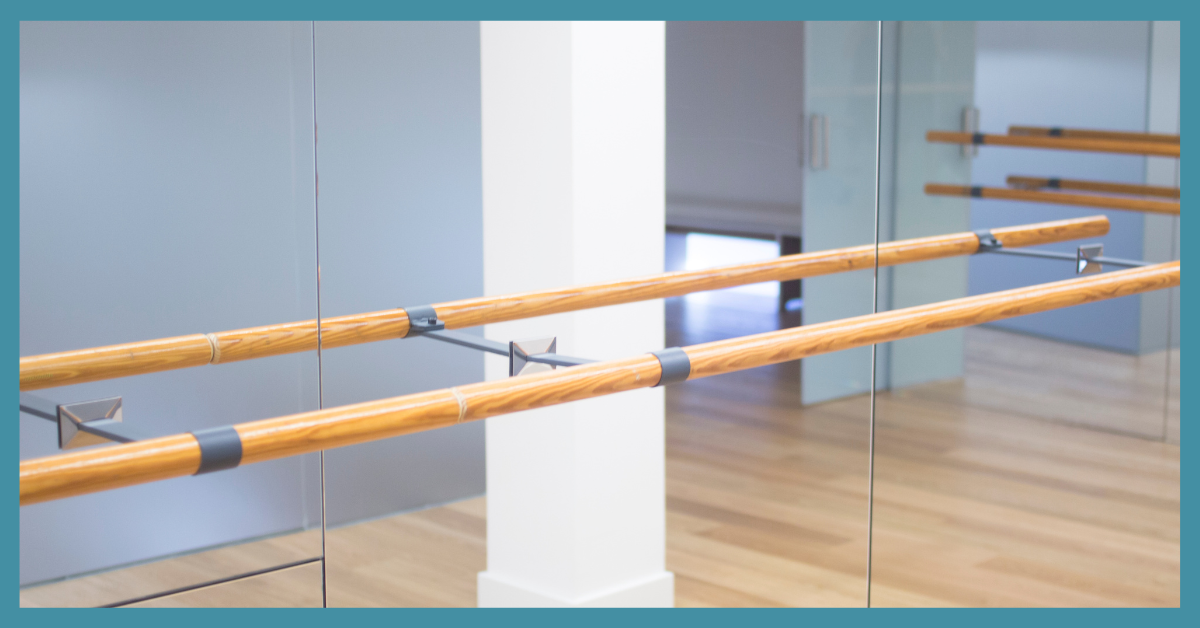
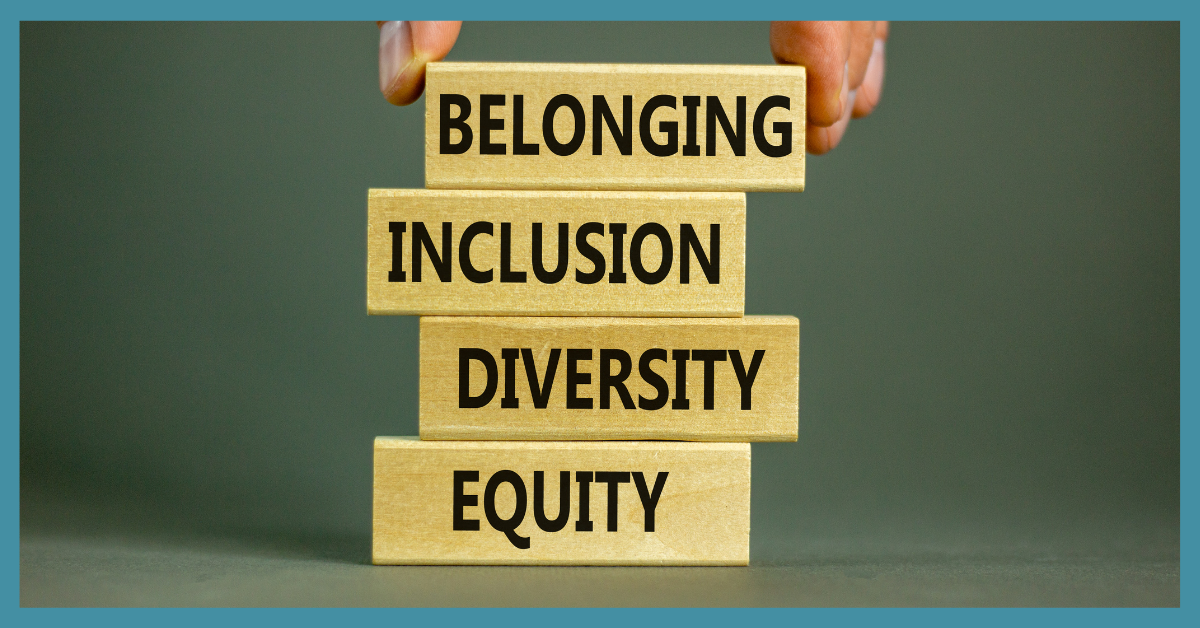
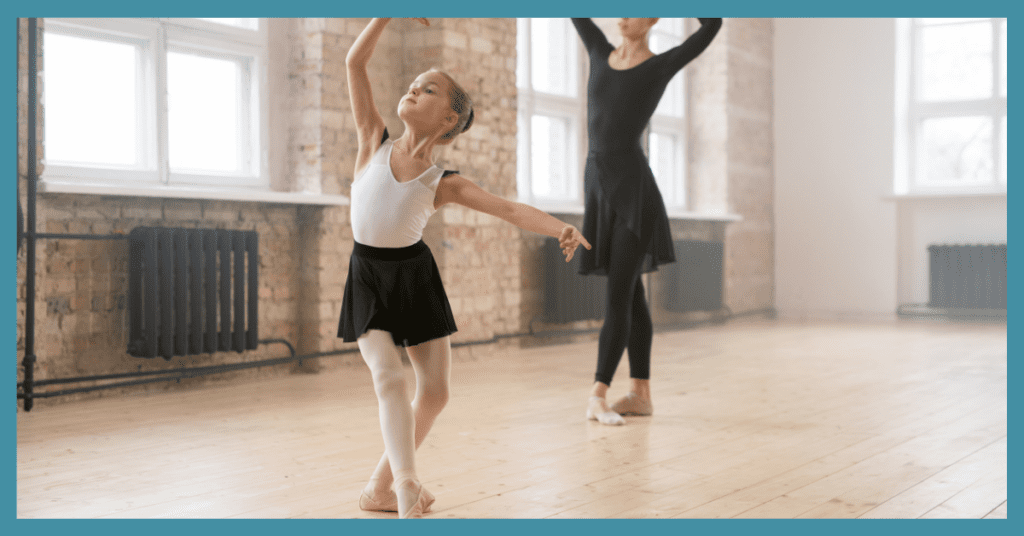
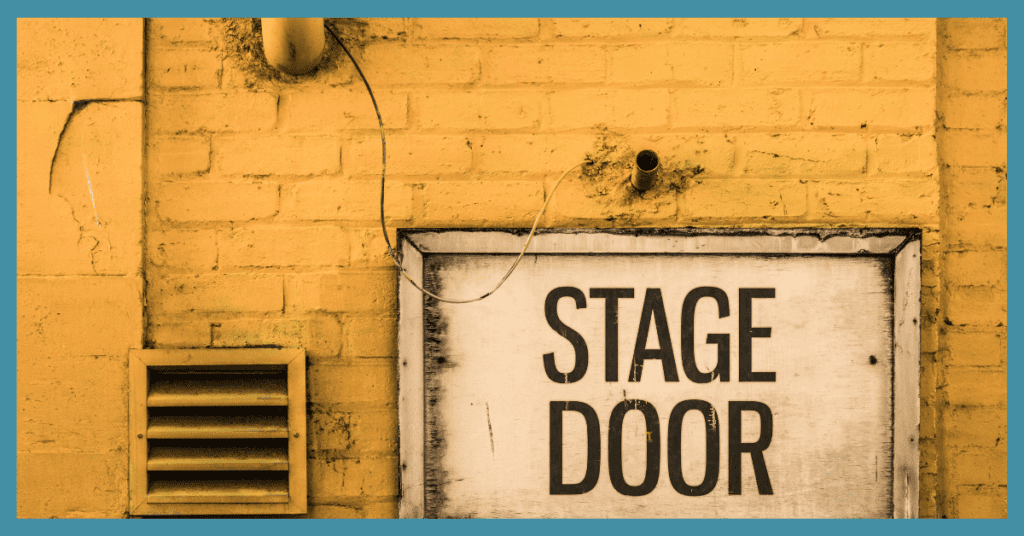
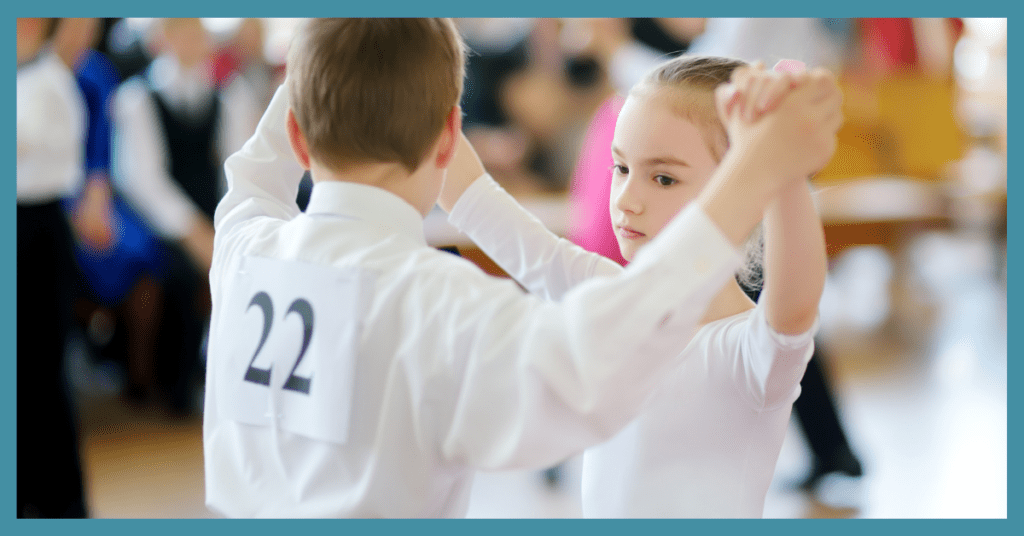
Responses